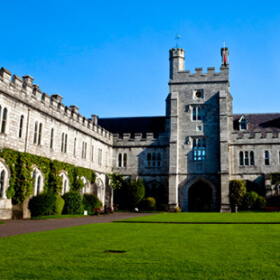About GENCHRON
Chronology is inherently male, and the chronological frameworks upon which history is built are dominated by the male perspective. This is particularly apparent in late antiquity and the early middle ages (c. fourth to c. ninth centuries), a dynamic time for chronological experimentation when a diverse range of chronological systems were in use. Several of the most commonly used systems from this period measure time by the lives of men. Eponymous years are invariably male, for example: imperial years were named for Roman emperors; regnal years for kings; and Roman consular years for consuls. Annus Domini counts time from the life of Jesus; and Annus Mundi (year of the world), which counts time from creation is often presented as years from Adam. However, despite the male gendered nature of chronology, chronological systems – and the historical edifice they uphold – are predominantly treated as neutral, rather than patriarchal and ideological.
Aim of the project
The overarching aim of the GENCHRON project is to integrate gender into a re-evaluation of time and chronology in medieval sources and modern historiography. A formidable challenge when studying women and gender concerns the fact that women disappear and reappear in our records far more readily than men do. We address this challenge by investigating the systemic and extensive biases of chronological systems and historical writing via two interdisciplinary strands.
Project strands
Strand 1 investigates the construction of chronologies in late antiquity and the early middle ages. We are examining the world chronicle tradition in the Latin-speaking West and identifying which women were key figures in the unfolding of time. In addition, we are investigating the place of women in the narrative time of selected historical and hagiographical sources.
Strand 2 interrogates how modern historians construct medieval chronologies taking early medieval Britain as a case study. The male-dominated nature of the evidence, e.g. regnal lists, ensures men’s lives are centred while female evidence is often treated as supplementary. In doing so, insufficient attention is paid to the female life cycle, and the possibility that our sources may be biased towards women of child-bearing age. We are testing this hypothesis and exploring its implications through analysing the presentation of all women – queens and enslaved, named and nameless – found in our sources. Innovatively de-centring male-dominated approaches, past and present, has the potential to reframe our understanding of early medieval history.
Funding
The project is funded by Research Ireland from 2022 to 2026.


Banner image of the 12th-century mosaic on the façade of St Maria in Trastevere, depicting women holding lamps.
Photo credit: Bridgeman Images.
Explore our site
Use the links below to explore our site further


